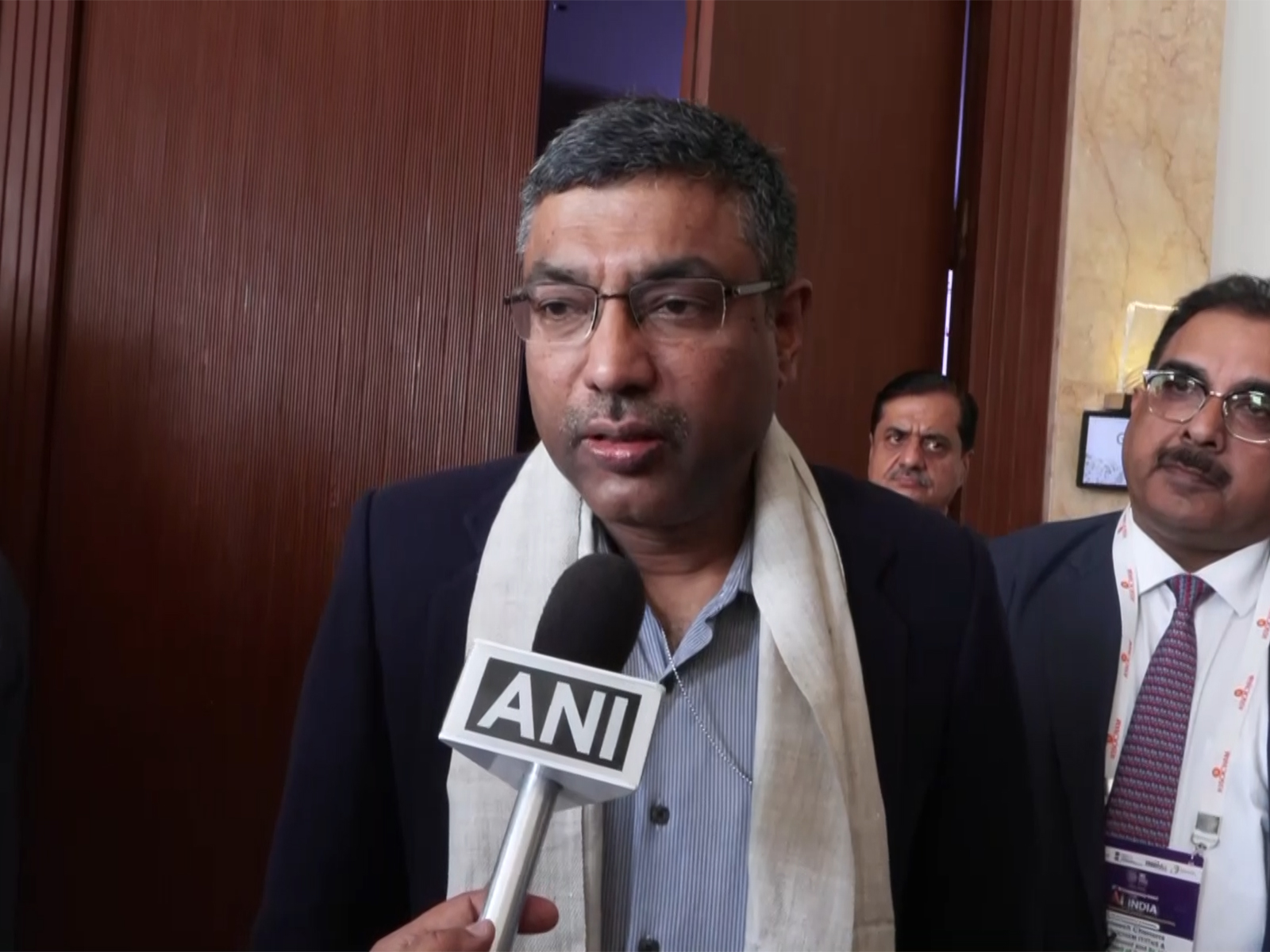Emerging Asia's recovery can withstand reflation trade: S&P
Mar 17, 2021

Singapore, March 17 : The reflation trade that is lifting US yields will not hit Asian emerging markets' financial conditions and growth outlook as much as during the taper tantrum of 2013, S&P Global Ratings said on Wednesday.
"The recovery across Asia's emerging economies should withstand rising US yields so long as this reflects an improving growth outlook and reflation rather than a monetary shock," said Shaun Roache, Asia Pacific Chief Economist at S&P.
In 2013, US yields leaped after the Federal Reserve indicated it will begin unwinding its quantitative easing programme. The resulting panic over rising credit costs led to sharp outflow from emerging markets, including Asia's, and forced central banks to hike interest rates.
"Not all yield shocks are created equal," said Roache.
The report highlighted three important factors that determine vulnerability to external shocks in Asia and which are relevant today.
One: the nature of the shock. Yields can rise for more than one reason. Some are more dangerous than others.
Two: initial conditions. The most important of which are the fundamentals -- including the current account and interest rates -- in the countries hit by shock.
Three: the policy response -- particularly whether policies need to adjust in a way that can hurt domestic growth.
"In our view, yields are rising in response to hopes that better economic growth will lift inflation. Asia is usually a prime beneficiary of improving global growth," said S&P.
"We also believe that Asian economies are better cushioned against external shocks than during the taper tantrum of 2013. Initial conditions are bolstered by current account surpluses, low inflation (for the most part), higher real interest rate and fatter foreign-exchange reserve buffers."
A reflationary trade and stronger initial conditions lower the odds that central banks will be forced into an untimely tightening that could strangle the recovery, as occurred in 2013, when for example India and Indonesia had to hike key policy rates as their currencies plunged against the US dollar.
Nonetheless, risks remain. In particular, if markets decided the Fed under-estimated inflation risk and will need to hike policy rates to combat the threat, then Asia's recovery could be endangered.
"The US treasury market remains important for financial conditions in Asia. Markets can react in a non-linear way if yields rise very quickly, especially if real yields (rather than inflation expectations) jump and the US dollar appreciates at the same time," said Roache.
India and the Philippines are the most vulnerable at current juncture. Both economies have seen inflation rise in recent months. Real policy rates are below long-run average levels, eroding the return buffers.
Capital may be quicker to leave and the central banks may have to by raising policy rates. One mitigating factor for both countries is that current accounts are stronger relative to normal levels, said S&P.




















